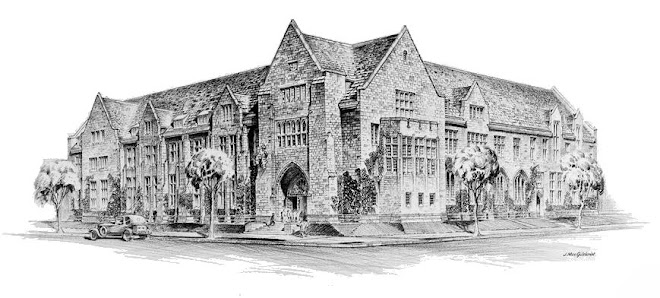Pylon Decoration

Group Portrait in front of Pylon

The Purification-Sanctuary (Wabet)

Inner Sanctuary

Mammisi

Myth of Horus from inside the western enclosure wall

Imhotep Inscription on inside of north east corner of the enclosure wall

Group Portrait before the Falcon Statue in front of the Pronaos

Settlement Area from Temple Roof

On the Archaeological Site

Bibliography:
Le temple d'Edfou. 1-15. Cairo: IFAO, 1897-1985
Barbara Watterson. The House of Horus at Edfu: Ritual in an Ancient Egyptian Temple (Gloucestershire: Tempus, 1998)
Dieter Kurth. The Temple of Edfu A Guide by an Ancient Egyptian Priest. Translated by Anthony Alcock (Cairo: American University in Cairo Press, 2004)
Dieter Kurth. Edfou VIII. Die Inschriften des Tempels von Edfu, Abteilung I: Übersetzungen, Band 1. Wiesbaden: Harrassowitz Verlag, 1998
Katelijn Vandorpe and Willy Clarysse (eds.). Edfu, An Egyptian Provincial Capital in the Ptolemaic Period. Brussels, 3 September 2001 (Brussel: Koninklijke Vlaamse Academie van Belgue voor Wettenshappen en Kunsten, 2003)
H. W. Fairman. “The Myth of Horus at Edfu – 1.” Journal of Egyptian Archaeology 21 (1935), 26-36
A. M. Blackman and H. W. Fairman. "The Myth of Horus at Edfu: II. C. The Triumph of Horus over His Enemies: A Sacred Drama." Journal of Egyptian Archaeology 28 (1942), 32-38
A. M. Blackman and H. W. Fairman. "The Myth of Horus at Edfu: II. C. The Triumph of Horus over His Enemies a Sacred Drama (Continued)." Journal of Egyptian Archaeology 29 (1943), 2-36
A. M. Blackman and H. W. Fairman. "The Myth of Horus at Edfu: II. C. The Triumph of Horus over His Enemies a Sacred Drama (Concluded)." Journal of Egyptian Archaeology 30 (1944), 5-22
























.jpg)
.jpg)
.jpg)























